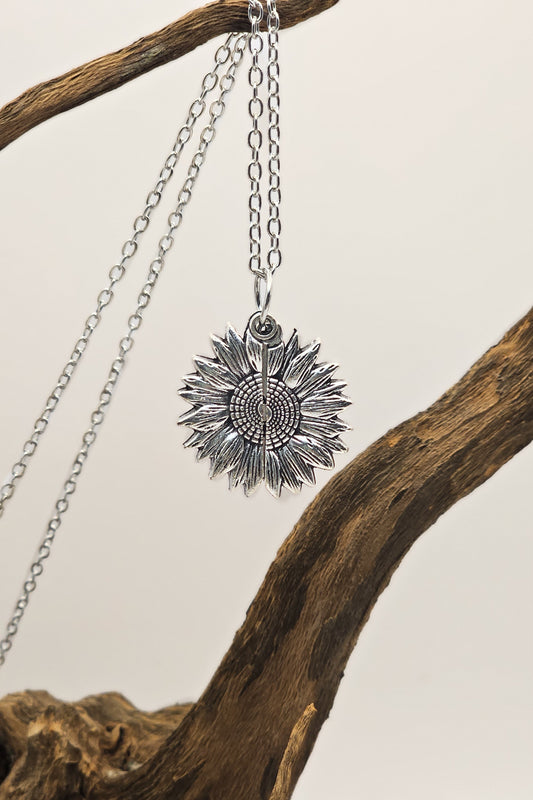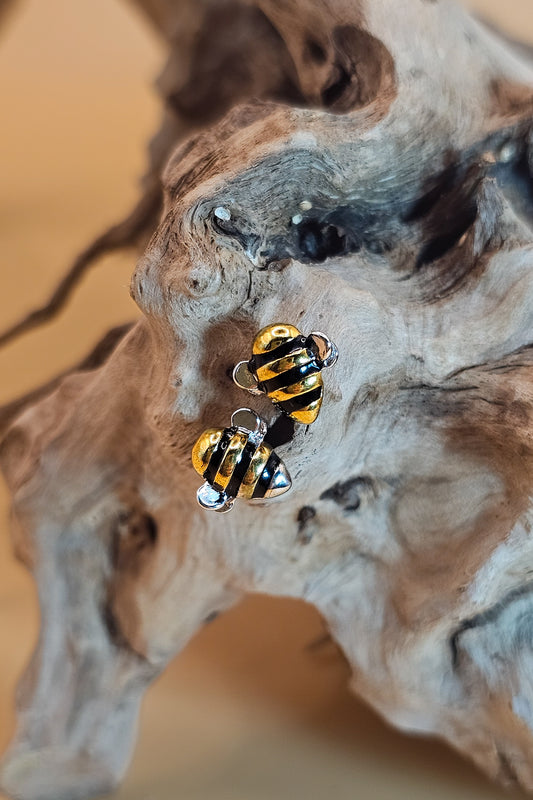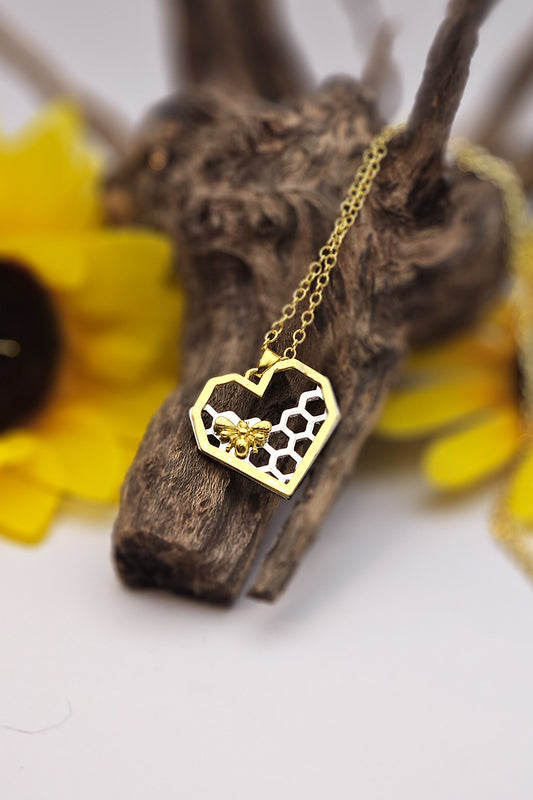We blogged about Bee Venom back on October 31, 2019 because it seemed like a good Halloween theme. This is Bee Venom Part 2. You can read the first Bee Venom blog post here.
Only the female bee stings, and Queen Bees only sting other queens that are rivals for the hive. It is the worker bee that stings. Scientists believe this is due to the evolution of the bee’s egg-laying organ, called the ovipositor, into a defensive stinging weapon. The combination of the chemicals in the bee venom and the projectile type missile-launching thrust of the dispersal mechanism make a bee sting a highly effective weapon. The chemicals at play are histamine, melittin and other proteins.
A honeybee knows that a sting will almost always kill her, so she will not sting unless she feels threatened. The sting is not a weapon of self-defense so much as an attempt to defend her hive. Little physical pressure is needed to embed the sting into a bee’s victim, thanks to barbs that literally pull the stinger deeper into the wound. The bee’s venom sac enters the wound with the sting, disbursing the chemical venom. Once a sting is launched, there is no pulling it back.
This National Geographic video about Bee Therapy is 3:38-minutes long:
Even after the sting is torn away from the abdomen of the bee along with the venom sac, it continues to pump venom into the victim. This is why a bee sting can continue to hurt and sometimes intensifies instead of easing off. It is important to get the sting out from the victim’s skin as fast as possible. Applying a few puffs of smoke to the sting location can be a good idea to cover up the glaring odor embedded in the skin from the bee’s alarm pheromone, so other bees won’t attack.
Once a worker bee releases her sting, an alarm pheromone is released at the same time from her Koschevnikov gland, which is positioned near her sting shaft. This gland manages the bee’s alarm pheromones. So, when other worker bees detect this pheromone, they become agitated, buzzing and flying faster than usual as if they are on high alert due to an early warning system. It is a trigger for hive defenders to seek out and sting any threats they sense in defense of their colony.
There are about 20 compounds in a honeybee’s alarm pheromones, and isopentyl acetate is the key compound, and it smells like banana oil because it has the same chemical signature. A worker bee develops this compound at around 15 days old.
Beekeepers consider bee stings a hazard of their trade. Researchers hope to find a way to reduce the impact of bee venom. Scientists advise swift extraction of the sting to cut off the ongoing venom-pumping mechanism, since studies indicate that an extra 8 seconds embedded in your skin can increase the welt by 30%. Don’t worry about how to remove it, just get it out.
Once stung, your body’s immune system identifies the bee venom proteins as unknown invaders and changes its chemistry to make antibodies to defend against the toxins. The purpose is to strengthen the immune system against a subsequent attack.
For about 5% of the population, a bee sting is life threatening instead of just painful, due to a hyper-sensitive immune system reaction. On rare occasions, estimated to affect about 2 of every 1000 people stung, there is a risk of anaphylaxis, where the person can’t breathe due to a severe allergic reaction to the bee venom. This happens fast, within seconds or even minutes, and the risk is greater if the victim has other allergies.
Most people without known allergies can tolerate 10 stings per pound of body weight, but in the case of an extreme stinging event, it is wise to seek medical attention for multiple stings since your kidneys may need to be monitored for a couple of weeks. Kidneys can get clogged up with the damaged cell tissue they are trying to eliminate, and this can cause them to fail.
There are two categories of bee venom reactions—systemic and localized. Systemic require immediate medical attention, due to swelling in areas other than the sting site and can involve dizziness, shortness of breath and a blood pressure drop, signaling anaphylactic shock. This can lead to death if not treated, normally with epinephrine, which is a form of adrenaline that forces blood vessels to constrict to slow the falling blood pressure. This will return breathing to normal, relax the air passages and help reduce itching and swelling. Once such an allergic reaction has happened, the person should carry an Epi-pen at all times and wear a medical alert bracelet.
Many localized reactions to a bee sting, except in the eye, can be treated at home. Applying ice to the area reduces blood flow and therefore the swelling. Calamine lotion can cool the skin. Antihistamines like Benadryl also help reduce swelling. Some reports advise not to take aspirin pain relievers because there is bleeding under the skin and aspirin can make it worse.
The Problem with Bee Venom Therapy -- a 5:24-minute long video:
Medical research is analyzing effective medical uses for the chemical compounds in bee venom. Researchers have identified melittin as a strong anti-inflammatory. It stimulates the production of cortisol, known as the “fight or flight” hormone, once venom is injected into the body.
Scientists have hopes that melittin may help patients that suffer from debilitating inflammation, like in the case of diseases like MS and arthritis. Melittin is also showing promise in laboratory research to slow the growth of cancer cells like melanoma and breast cancer. The hope is that powdered bee venom can be used to make injectable venom to treat certain diseases. This is a long and expensive process since it takes one million bee stings to collect one gram of dry bee venom, so scientists are developing an artificial form of melittin for research purposes.
Bee venom is a toxin and a complex substance. Although many people use it for at-home treatments, known as apitherapy, to treat MS and other inflammatory conditions, science is moving more cautiously since laboratory research is still quite new. There is hope that bee venom will lead to medical breakthroughs to help people with inflammatory diseases. Let’s see where the research takes us all. Perhaps the pain of some stings will lead to a cure for much worse ailments.
NOTE: This blog post is for informational and educational purposes only. Bee stings can kill. We do not recommend bee venom treatment. For all medical conditions you should always seek professional medical advice.








